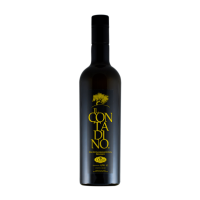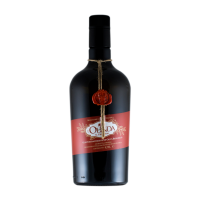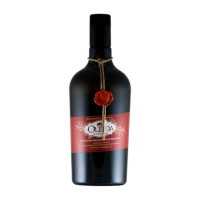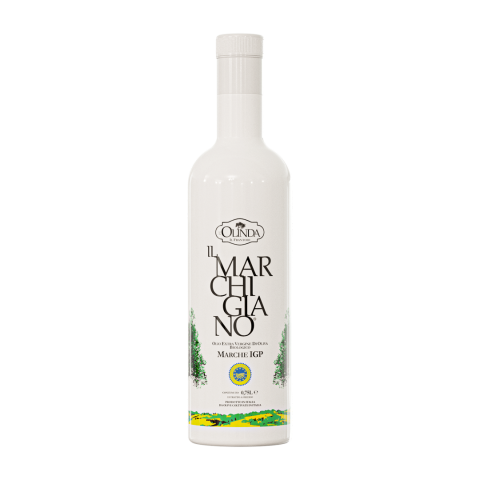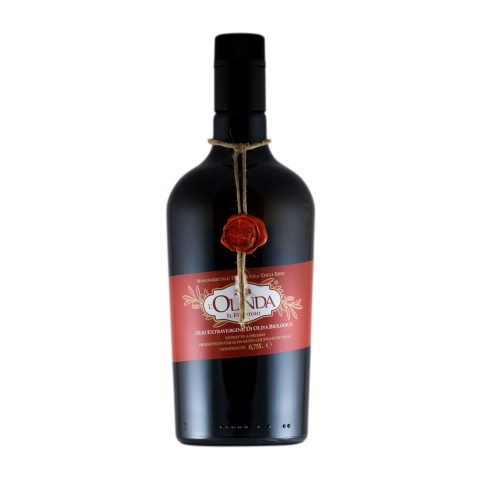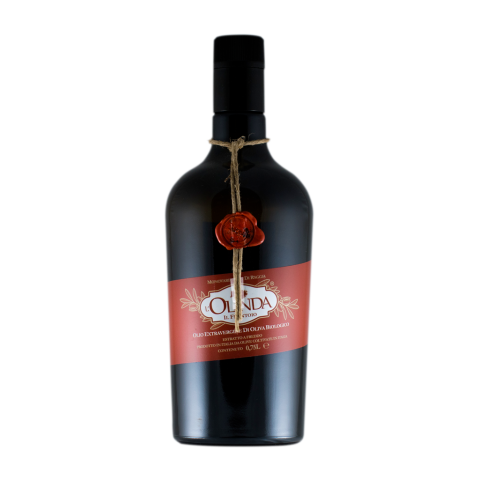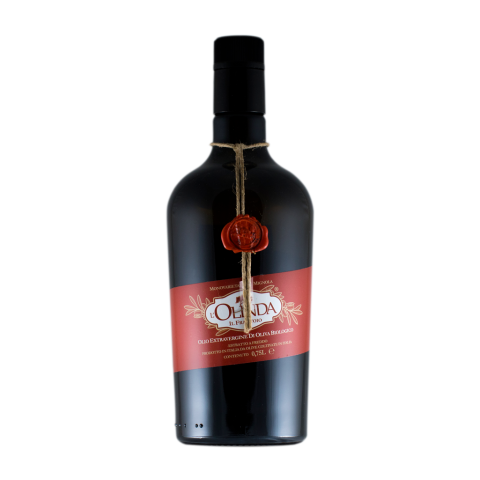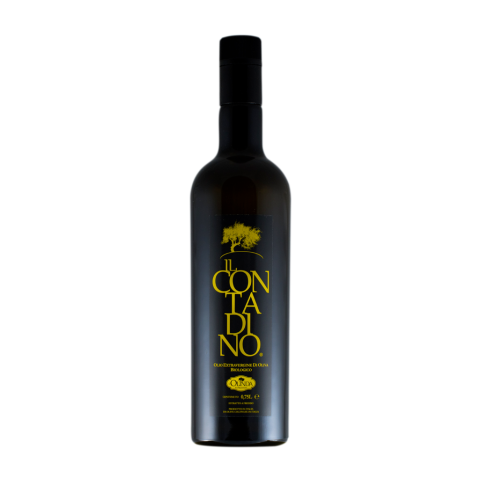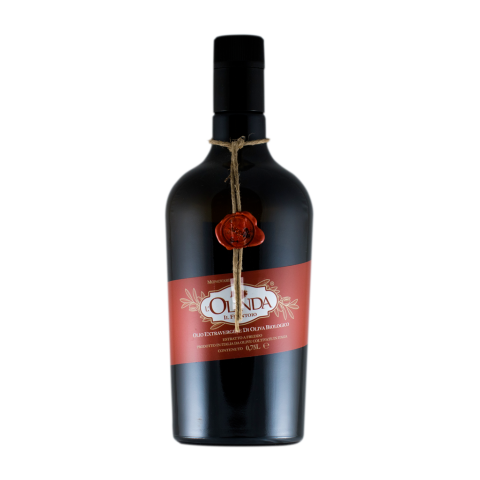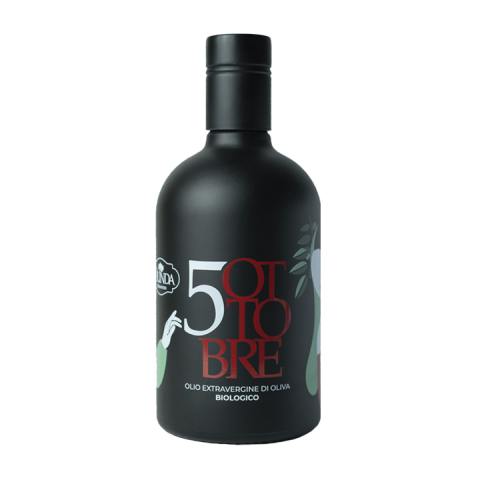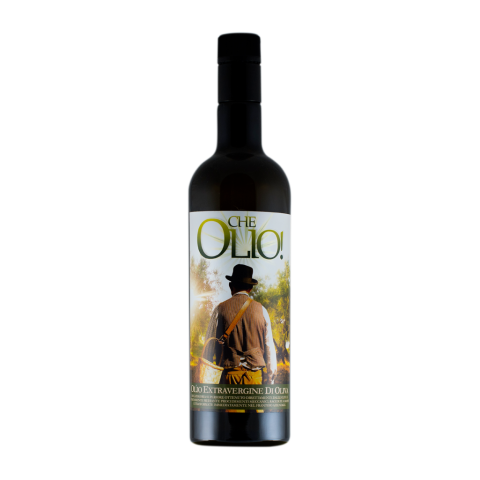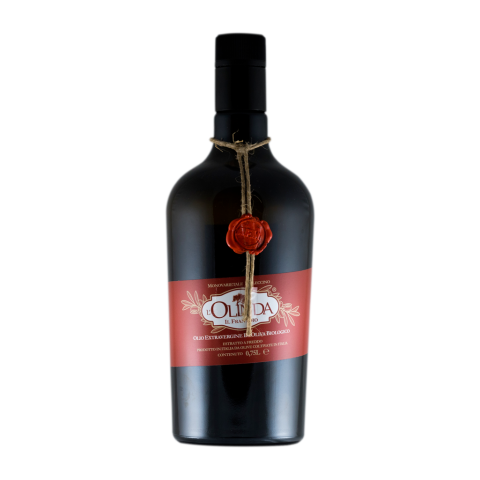Curiosity and legends about oil and olives
The origins
According to an accredited hypothesis, the olive tree comes from Central Asia and over the course of three to four millennia it has acclimatized, reproduced and diversified becoming one of the most widespread plants.
A sacred plant
According to Greek mythology, Athena planted the olive tree in Greece in a dispute with Poseidon for the possession of Attica. This is why olive trees were considered sacred (as well as an emblem of chastity). Not only was it forbidden to burn the wood, but whoever damaged them was severely punished. Even the Spartans, when they sacked Athens, spared them fearing the revenge of the gods.
Symbol of wisdom
Being always green, the olive tree was taken as a symbol of wisdom that reveals the way of Justice (in the Bible there are many citations). Also in the Bible it is indicated as a symbol of life and hope. As well as vital food, oil is also an element of consecration, a sign of blessing, a source of light, soothes sores, fortifies the sick, makes the body shining, honors the guest.
The olive tree in Italy
In Italy, one million 200 thousand hectares are cultivated with olive groves and at least one hundred million olive trees live; olive growing involves around one million families. The olive tree is grown in almost all Italian regions (albeit with different extensions) with the exception of the Aosta Valley and Piedmont, although the latter hosts the headquarters of important breeders and bottlers who mainly sell Ligurian products.
Heritage
Italy has the most important genetic heritage in the world in the olive tree. Recent studies distinguish and describe in Italy 538 varieties, 42% of the world heritage. Spain (first producer in the world) has 14%, France 7%, Greece 4%, Turkey and Tunisia 3.5%, etc.
Marche in the middle
The Marches – as Leopardi said – are a middle ground “where the cold winds of the north mix with the warm winds of the south”. And according to the poet also “the wits are usually more and more awake and particularly more acute”. The middle (or border) areas are the most suitable for olive cultivation. San Marcello (about 130 meters high and 10-15 kilometers from the sea) is one of the most suitable places and is one of the countries that are part of the “Oil Cities”.
Olive tree peace sign
Already in the year 1000 before Christ, according to the Bible, the dove returning to Noah’s ark with an olive branch in its beak is a sign of the newfound peace between God and men.
Mythology and legend
The olive tree is highly cited in the Odyssey: Ulysses’ bed was obtained from a large olive tree, without explanting it, to which the crown was removed. Ulysses built the house around it. Ulysses was sprinkled and washed with oil. The cyclops used sticks and clubs of olive wood. Even the stick, the size of a ship’s mast, stuck in the eye of the cyclops was olive.
Medicine and sport
The winning athletes of the Panathenaees received money, gold medals and olive oil obtained from Athenian sacred olive trees and contained in finely decorated and decorated vases as a prize. The athletes’ bodies were massaged with olive oil. On top of the winners they placed a crown made of olive branches. Olive oil was also used for various medicated preparations.
Play boy weapon
Even ordinary people anointed their body and hair with olive oil with the addition of perfumes and essences obtained from herbs and flowers. The play-boy of antiquity always had a container of perfumed oil hanging on his wrist or belt.
The anointed of the Lord
The myrrh offered by the Three Kings to Jesus (referred to as the anointed of the Lord) was simply oil enriched with aromas. Homer tells us that the dead were lying on a bed of olive leaves and sprinkled with oil which, in addition to having a purifying function, also served to prevent the divinity from moving away from the simulacrum. The Egyptians used it to anoint the bodies and heads of the dead to be mummified
Use in the sacraments
In the Basilica of the Holy Sepulcher in Jerusalem there is the anointing plate on which the body of Christ was sprinkled with balms. On this plate burn “oil lamps” each representing a religious confession. The oil is still used today for the sacraments: the catechumenal one for baptisms, the crismal one for confirmation, the one for the seriously ill and there is also one for priestly ordination.
